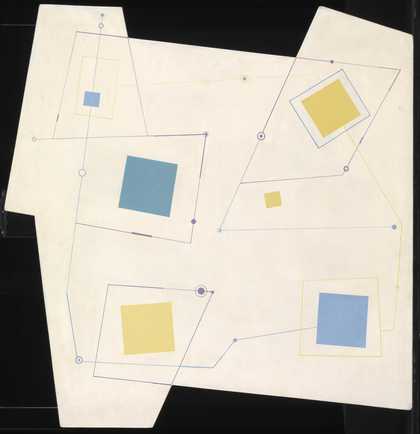
Carmelo Arden Quin, Carres 1951. Lent by the Tate Americas Foundation, courtesy of the Latin American Acquisitions Committee 2014. ┬® estate of Carmelo Arden Quin; courtesy Ignacio Pedronzo, Sammer Gallery Miami.
A view from São Paulo: Abstraction and Society
11 rooms in Artist and Society
Explore how geometric abstraction fabricated dreams of a new society in the twentieth century 
This room looks at abstract works from different moments in the twentieth century which reflect the aspiration to invent a new society. With a focus on artists associated with the São Paulo Biennial, it includes work by Latin American artists who emerged in the 1950s, as well as European artists from the first half of the twentieth century.
The São Paulo Biennial was founded in 1951, a moment of rapid economic growth and urban development in Brazil. This was also a time when younger artists in São Paulo and in Rio de Janeiro were developing a new form of geometrical abstraction.
From the European abstract art of the early twentieth century they took a rigorous approach to art that was infused with political idealism. By rejecting the past and embracing new forms, abstraction was associated with ideas of social change.
Revisiting these ideas and ideals in the 1950s, artists in Brazil developed more personal forms of abstraction to ÔÇÿexpress complex human realitiesÔÇÖ, in the words of Ferreira GullarÔÇÖs Neo-Concrete Manifesto 1959. This led to new experimental practices involving participation and performance in which the artwork entered directly into everyday life.
This is one of a series of rooms at ║┌┴¤╔þ, each offering ÔÇÿa view fromÔÇÖ a different city. They focus on a period when new approaches to art-making emerged, developing locally and in dialogue with artists from other parts of the world.
Curated by Matthew Gale
Research supported byÔÇï Hyundai Tate Research Centre: TransnationalÔÇï in partnership with Hyundai Motor
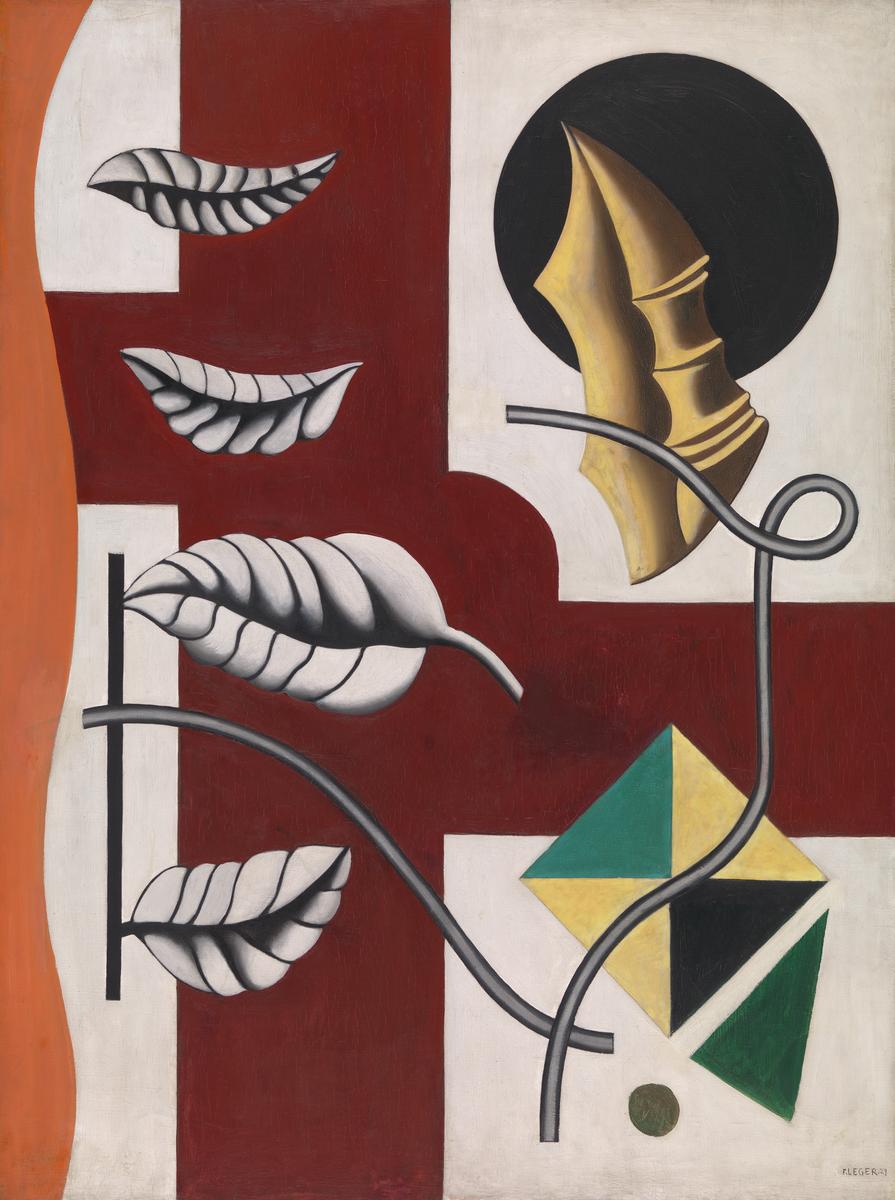
Fernand L├®ger, Leaves and Shell 1927
L├®gerÔÇÖs paintings often celebrate machine-made objects and modern city life. But in the late 1920s he began to include natural forms in his work. The curving line down the left-hand side of the painting softens the underlying geometric structure of horizontal and vertical lines. It also acts as a link to the organic shapes of leaves and a shell. These naturalistic elements, with their streamlined shapes, are closely connected to the abstract parts of the image.
Gallery label, August 2019
1/22
artworks in A view from São Paulo: Abstraction and Society
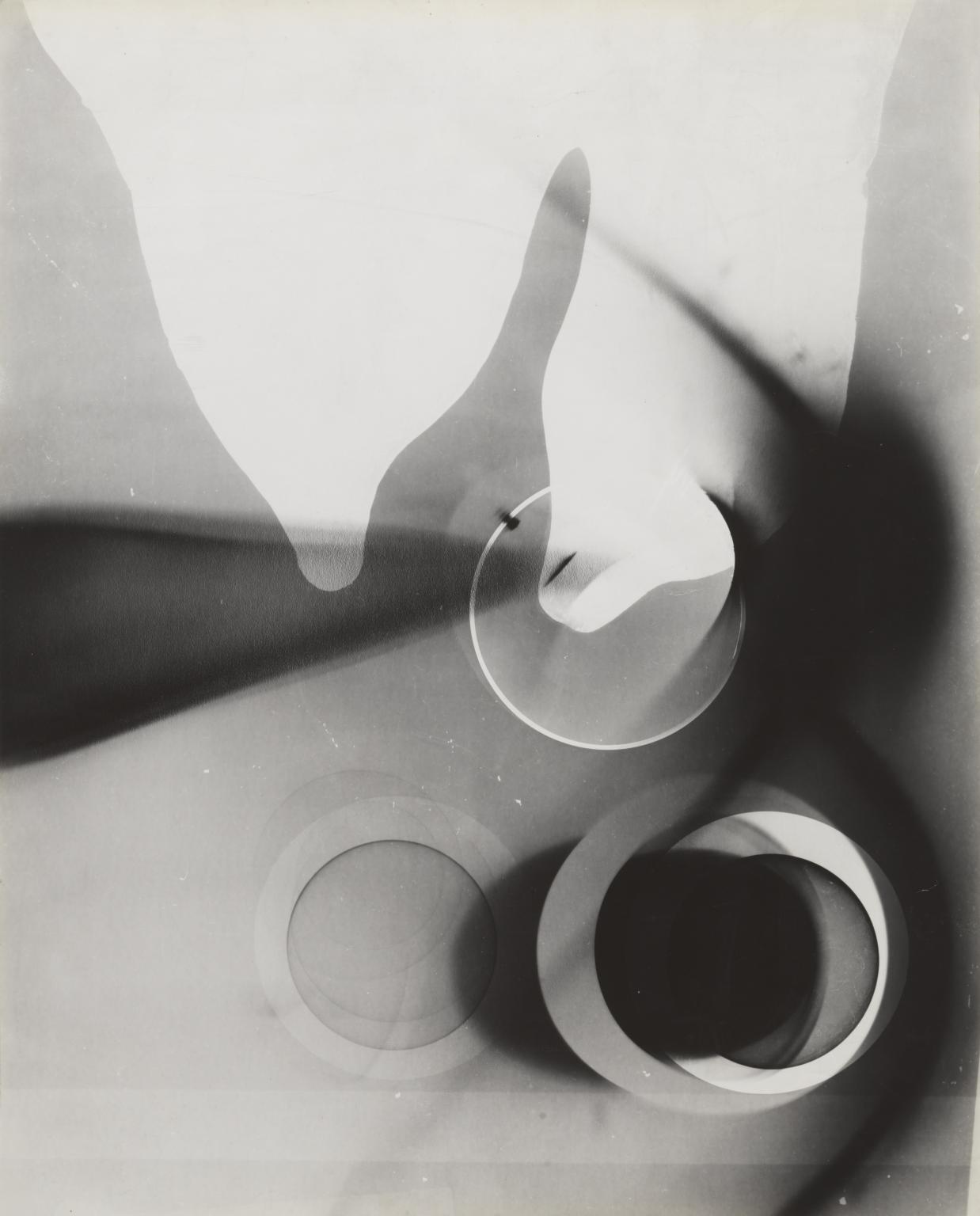
Gy├Ârgy Kepes, Blobs and Circles &▓È▓·▓§▒Þ;│ª.1939ÔÇô40
This is one of a large group of photograms and studies in modernist photography in ░ı▓╣│┘▒ÔÇÖs collection by the Hungarian-born photographer, painter, designer, teacher and writer, Gyorgy Kepes (see Tate P80532ÔÇôP80568, T13973ÔÇôT13975). They date from 1938 to the early 1940s and were made in the United States, where Kepes had emigrated in 1937. Kepes made his earliest photograms in Budapest, taking nature as his starting point, directly recording the process without a camera onto photosensitized surfaces. In the late 1920s Kepes joined the Berlin studio of the Hungarian artist and modernist photographer L├íszl├│ Moholy-Nagy (1895ÔÇô1946). Moholy-Nagy had been a teacher at the Bauhaus School in Germany and was one of the principals in promoting the values of the Bauhaus movement, as well as a pioneer who experimented with a multitude of materials and techniques. Kepes was introduced to the ÔÇÿnew visionÔÇÖ provided by the possibilities of modern art techniques while collaborating alongside Moholy-Nagy. He began to experiment with photograms himself ÔÇô photographic prints made in the darkroom by placing objects directly onto light sensitive paper and exposing the paper to light. Later, he made prints he called ÔÇÿphoto-drawingsÔÇÖ, in which he applied paint to a glass plate that he then used as though it were a negative. Only a few of KepesÔÇÖs works from this earlier period survived the artistÔÇÖs many moves in the 1930s and the Second World War.
2/22
artworks in A view from São Paulo: Abstraction and Society
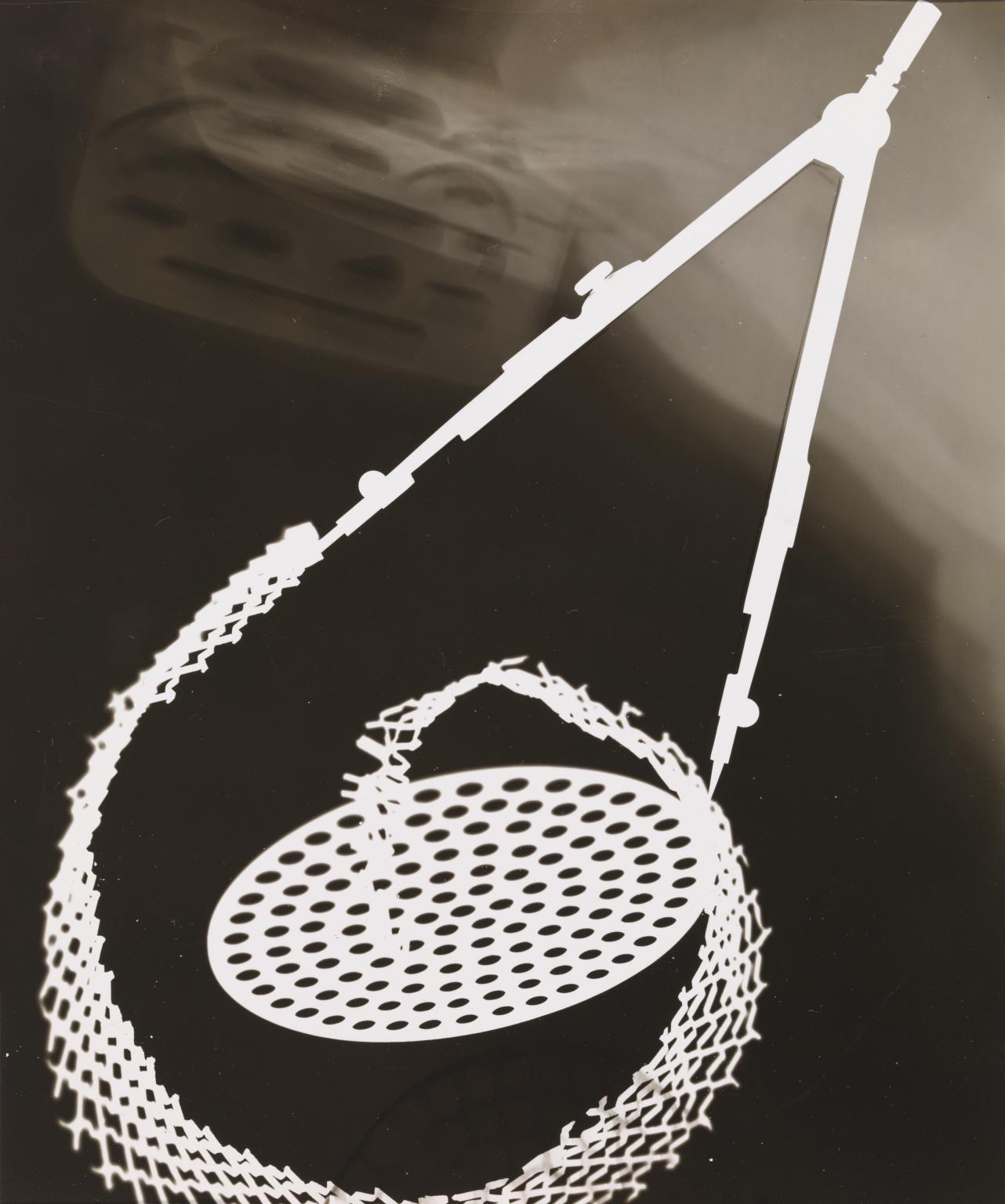
Gy├Ârgy Kepes, Compass and Strainer Photogram n.d
This is one of a large group of photograms and studies in modernist photography in ░ı▓╣│┘▒ÔÇÖs collection by the Hungarian-born photographer, painter, designer, teacher and writer, Gyorgy Kepes (see Tate P80532ÔÇôP80568, T13973ÔÇôT13975). They date from 1938 to the early 1940s and were made in the United States, where Kepes had emigrated in 1937. Kepes made his earliest photograms in Budapest, taking nature as his starting point, directly recording the process without a camera onto photosensitized surfaces. In the late 1920s Kepes joined the Berlin studio of the Hungarian artist and modernist photographer L├íszl├│ Moholy-Nagy (1895ÔÇô1946). Moholy-Nagy had been a teacher at the Bauhaus School in Germany and was one of the principals in promoting the values of the Bauhaus movement, as well as a pioneer who experimented with a multitude of materials and techniques. Kepes was introduced to the ÔÇÿnew visionÔÇÖ provided by the possibilities of modern art techniques while collaborating alongside Moholy-Nagy. He began to experiment with photograms himself ÔÇô photographic prints made in the darkroom by placing objects directly onto light sensitive paper and exposing the paper to light. Later, he made prints he called ÔÇÿphoto-drawingsÔÇÖ, in which he applied paint to a glass plate that he then used as though it were a negative. Only a few of KepesÔÇÖs works from this earlier period survived the artistÔÇÖs many moves in the 1930s and the Second World War.
3/22
artworks in A view from São Paulo: Abstraction and Society

Saloua Raouda Choucair, Composition with Two Ovals 1951
Choucair is one of the few Lebanese artists of her generation devoted to geometric abstraction. Her approach developed in response to two distinct influences: Islamic art and the avant-garde art scene of Paris in the 1940s, where she was a student. Like many of her paintings, it uses the two basic elements of Islamic design ÔÇô the straight line and the curve ÔÇô as a starting point to create simple shapes which she places in rhythmic dialogue.
Gallery label, November 2015
4/22
artworks in A view from São Paulo: Abstraction and Society
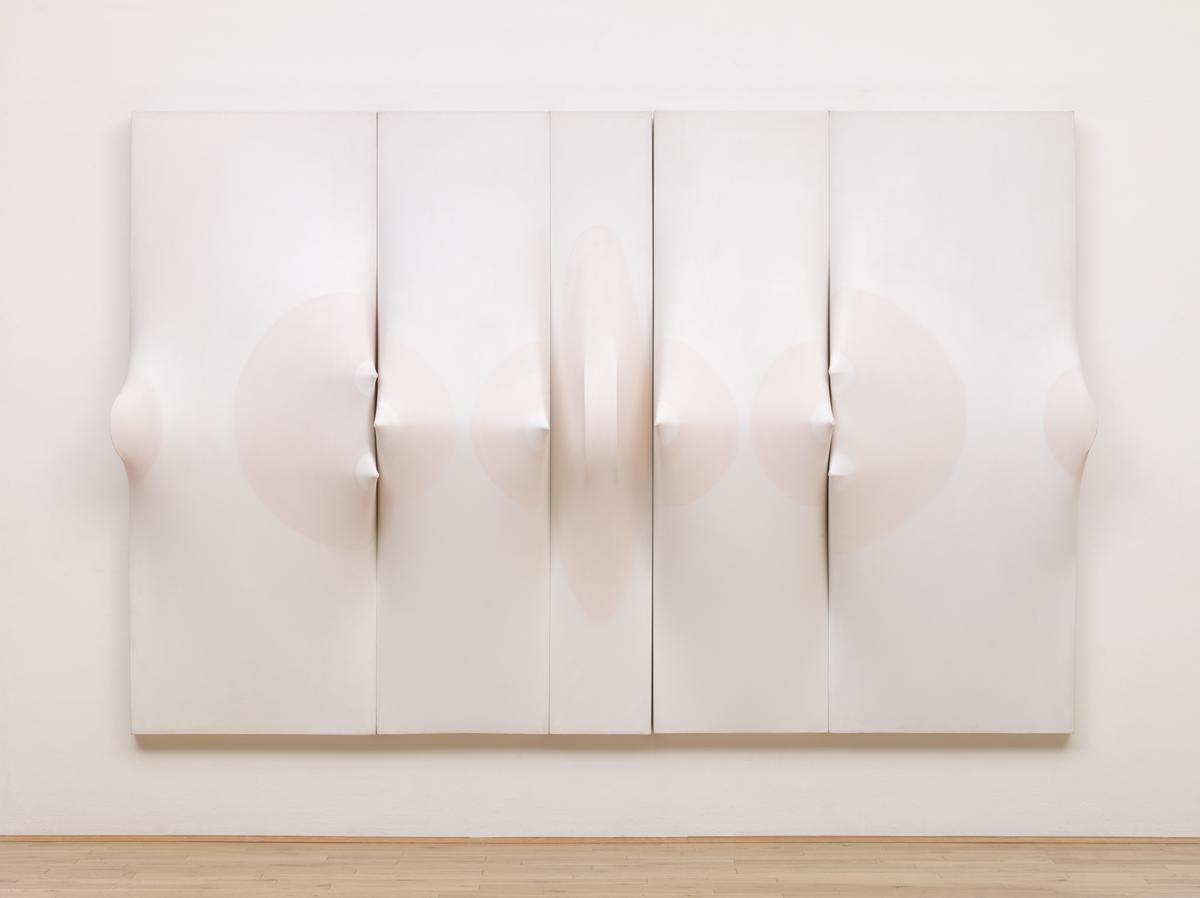
Zilia Sánchez, The Amazons 1968
In this painting abstract female bodies and geometric shapes emerge from the stretched canvas. The interlocked forms suggest an intense physical connection. S├ínchezÔÇÖs works are often described as ÔÇÿerotic topologiesÔÇÖ due to her distinctly shaped wooden frames. The title references the Amazons, legendary women warriors and hunters from ancient Greek mythology known for their fierce independence. S├ínchez first started painting abstract works while living in Havana, Cuba, and exhibited in the 5th S├úo Paulo Biennial in 1959.
Gallery label, February 2025
5/22
artworks in A view from São Paulo: Abstraction and Society
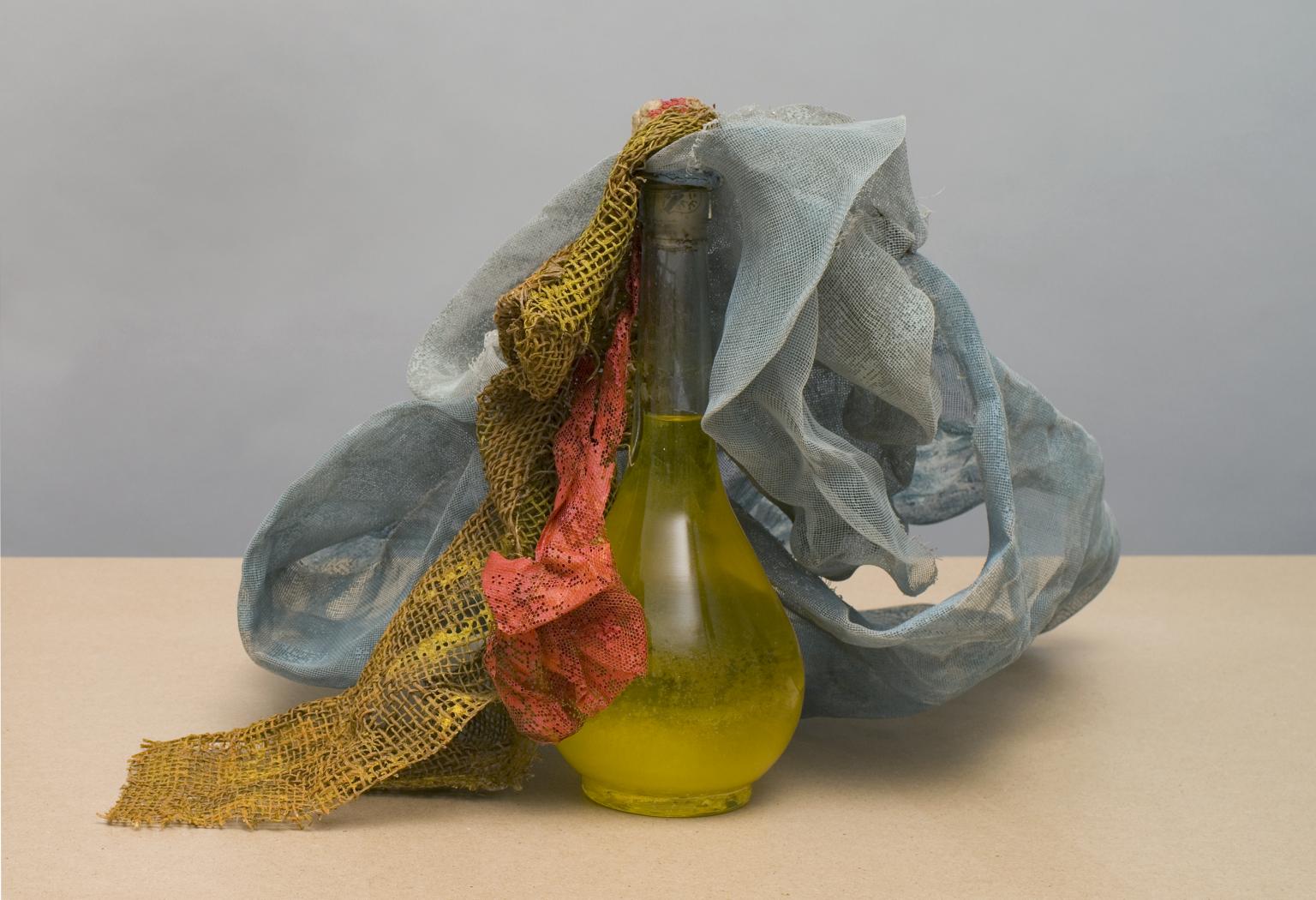
H├®lio Oiticica, B17 Glass B├│lide 05 ÔÇÿHomage to MondrianÔÇÖ 1965
H├®lio Oiticica was interested in the physical properties and structure of colour. His Glass B├│lides (fireballs) consist of large glass jars or containers. Oiticica dissolved colour pigment in water. He also applied it to coarse fabric. This work is dedicated to the Dutch abstract artist Piet Mondrian (1872ÔÇô1944). MondrianÔÇÖs use of reduced colours and shapes was an influence on Oiticica, who at the time also experimented with wearable garments. Oiticica was one of several Brazilian artists who exhibited at Signals gallery.
Gallery label, May 2023
6/22
artworks in A view from São Paulo: Abstraction and Society
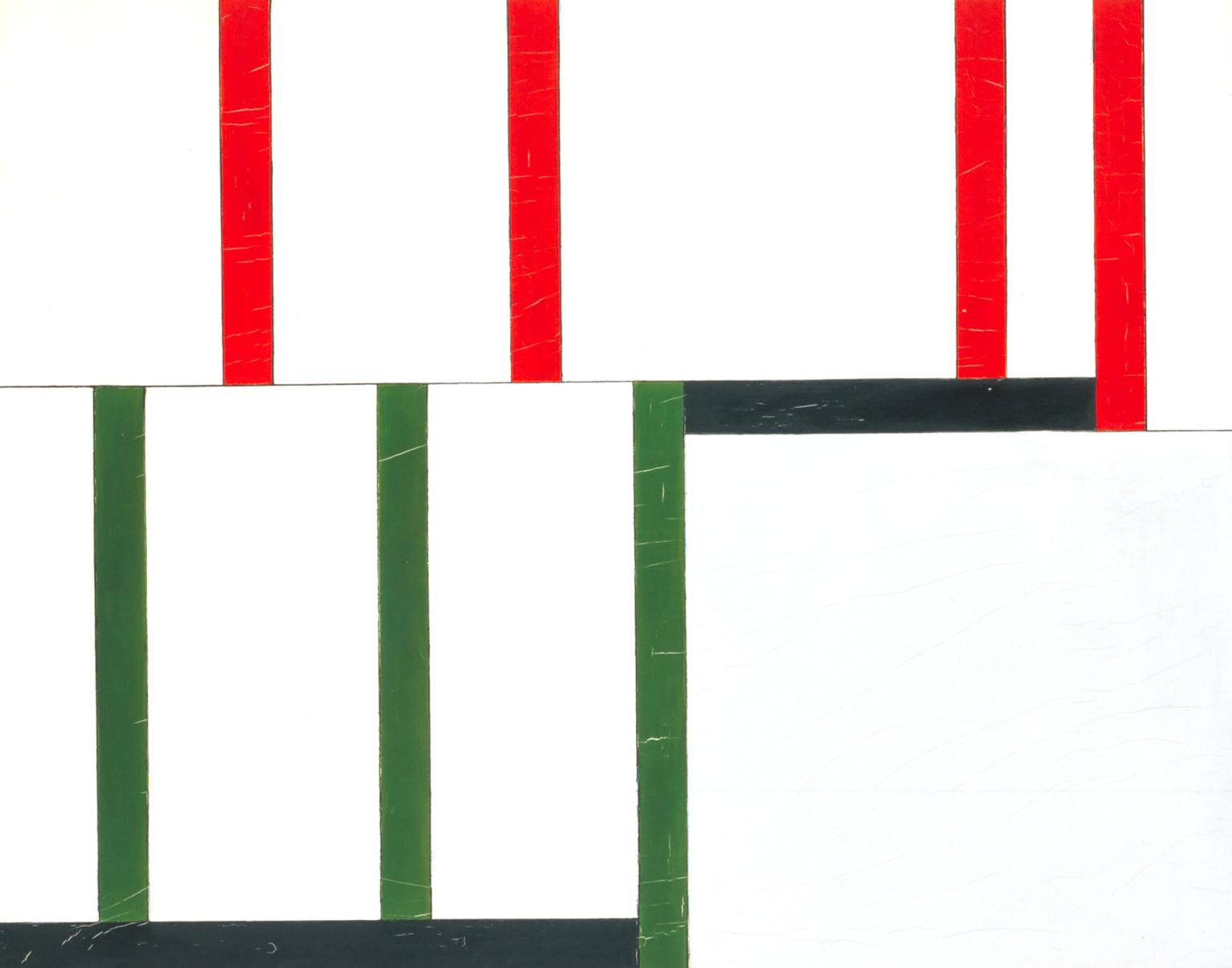
Georges Vantongerloo, No. 98 2478 Red/135 Green 1936
Vantongerloo was one of the pioneers of a mathematical approach to abstract art. The first number in the title,ÔÇÖNo.98ÔÇÖ, is the figure Vantongerloo gave the work in his own catalogue. The rest of the numbers represent units of space in the painting. The basic unit (1) is the white rectangle and green stripe on the left of the bottom row. The second and third spaces along are each equivalent to two of these rectangles. Adding these numbers (1, 2, 2) cumulatively results in 1, 3 (1 2), 5 (3 2) for the green stripe section. The red row works on the same principle to give 2,4,7,8.
Gallery label, June 2021
7/22
artworks in A view from São Paulo: Abstraction and Society
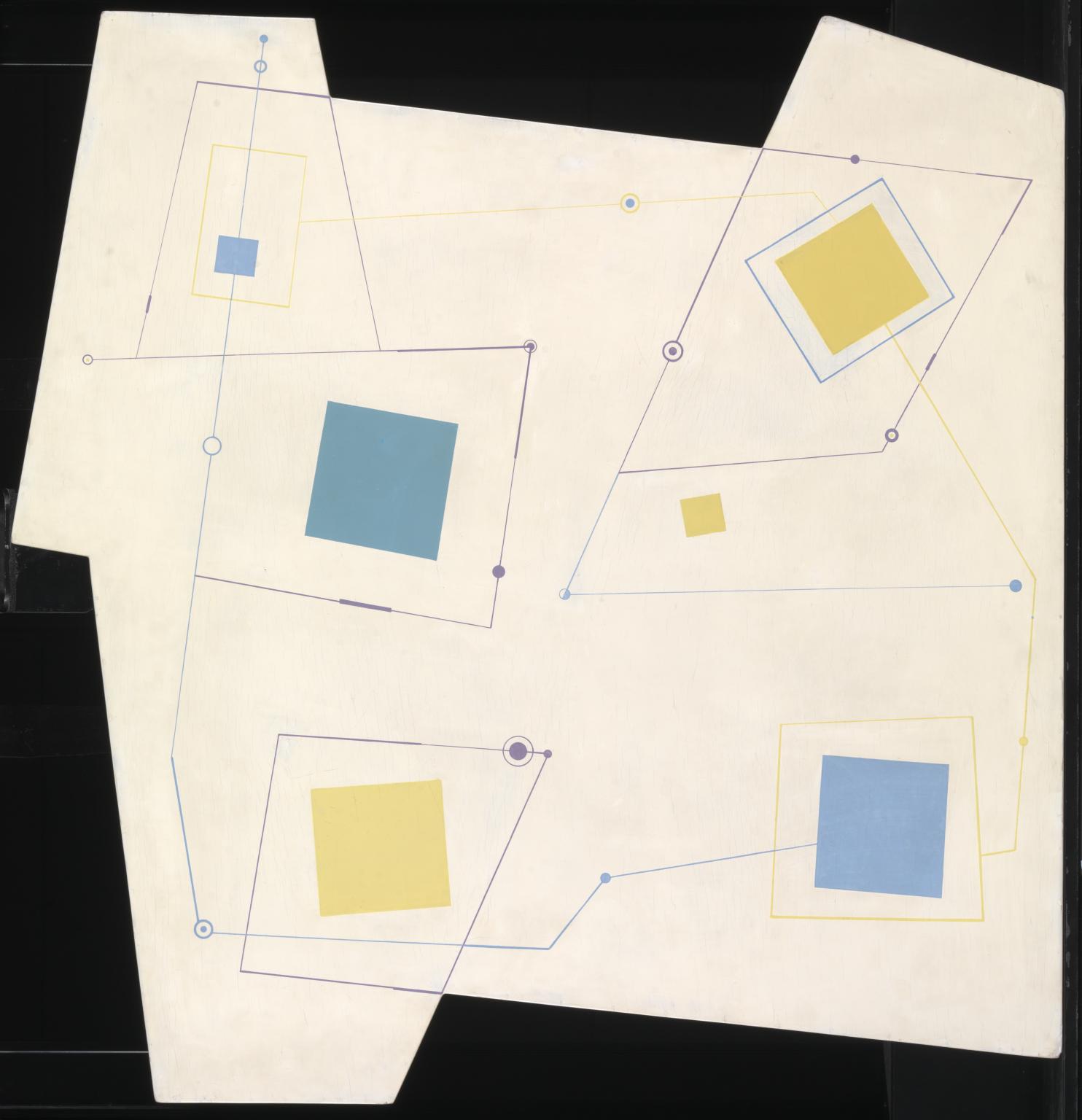
Carmelo Arden Quin, Carres 1951
8/22
artworks in A view from São Paulo: Abstraction and Society
Piet Mondrian, Composition C (No.III) with Red, Yellow and Blue 1935
Mondrian used a simple visual language in his work. This composition is a clear example of his technique. It consists of horizontal and vertical lines in black, with planes of white. It also features the three primary colours, from which all other colours are made by mixing. Through the structure and order of the elements, Mondrian was suggesting an idealised view of society. Each individual element contributes to the overall composition of the work. This was intended to symbolise the relationship between the individual and the collective.
Gallery label, June 2021
9/22
artworks in A view from São Paulo: Abstraction and Society
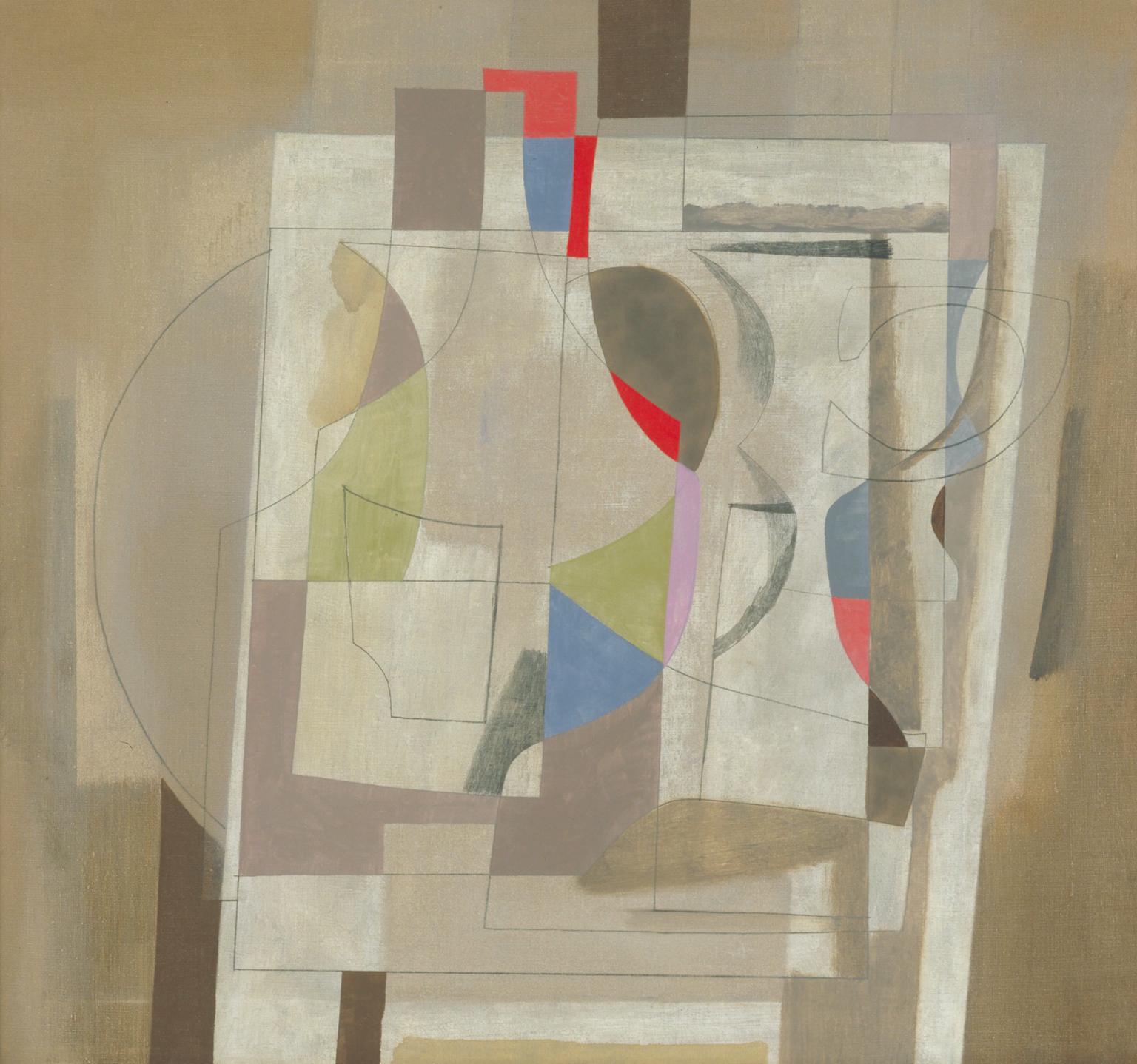
Ben Nicholson OM, Feb 2-54 1954
This painting is typical of Nicholson's still lifes of the early fifties with its overlapping forms, often transparent, but given body by accents of colour or pencil shading. The construction of these paintings is a development from his works of the mid-thirties in which Nicholson allowed the forms of earlier paintings to penetrate later reworkings. The surface has been rubbed down repeatedly and, in common with many other such works of the period, is smooth. The colour is applied both relatively freely in thin washes and precisely and opaquely. Nicholson received the Ulisse Award at the Venice Biennale later in 1954.
Gallery label, August 2004
10/22
artworks in A view from São Paulo: Abstraction and Society
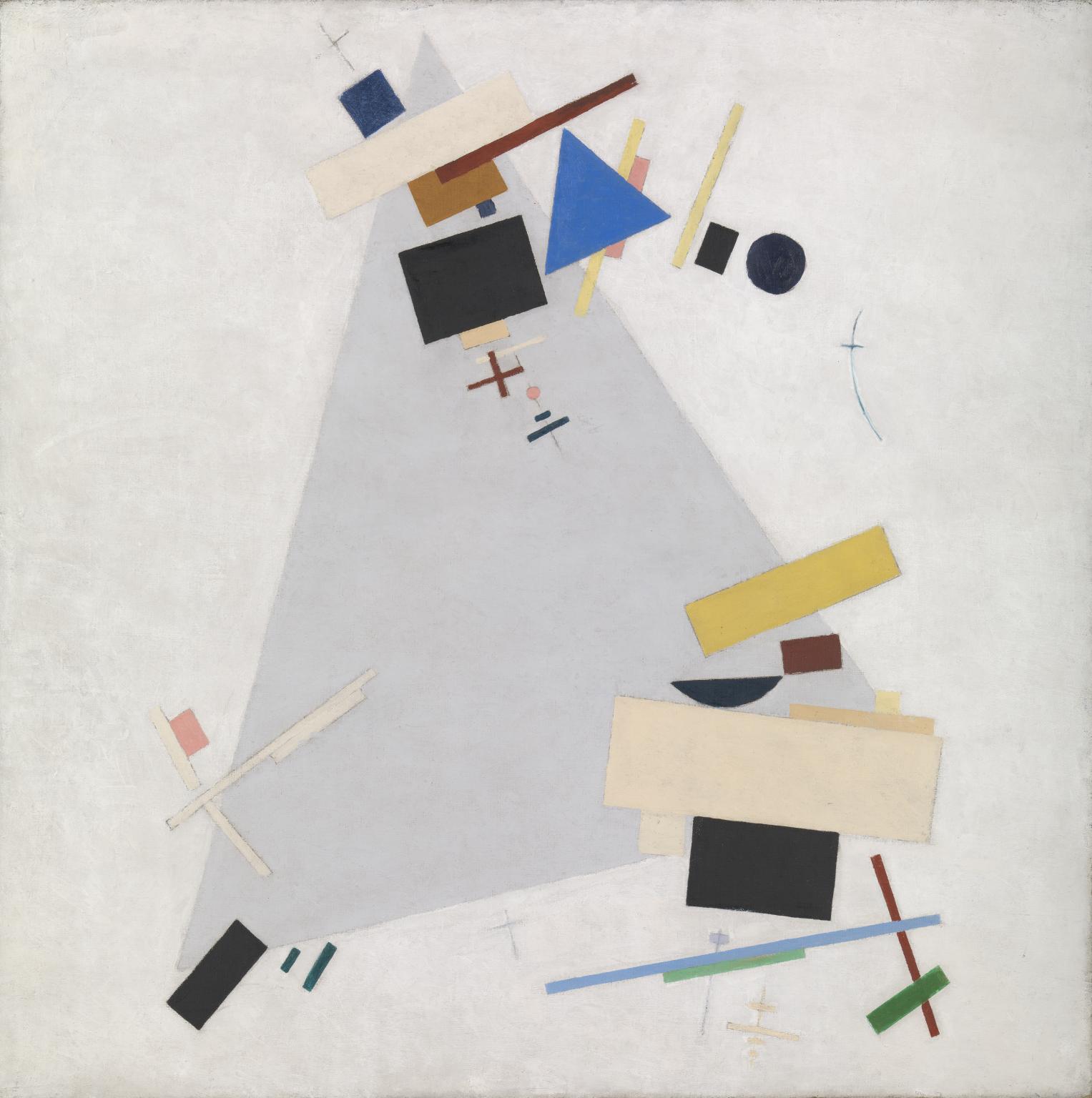
Kazimir Malevich, Dynamic Suprematism 1915 or 1916
MalevichÔÇÖs abstract paintings belong to the intense period of artistic experimentation that developed in a turbulent period of the First World War and the Bolshevik Revolution. In 1915 Malevich abandoned figurative forms in favour of a purely creative experience of geometric abstraction. His first such work was a statement, as he painted a black square on a white canvas, marking a crucial moment for development of painting. Dynamic Suprematism belongs to a group of works he developed using clear geometric forms activated in space against a white background.
Gallery label, March 2022
11/22
artworks in A view from São Paulo: Abstraction and Society
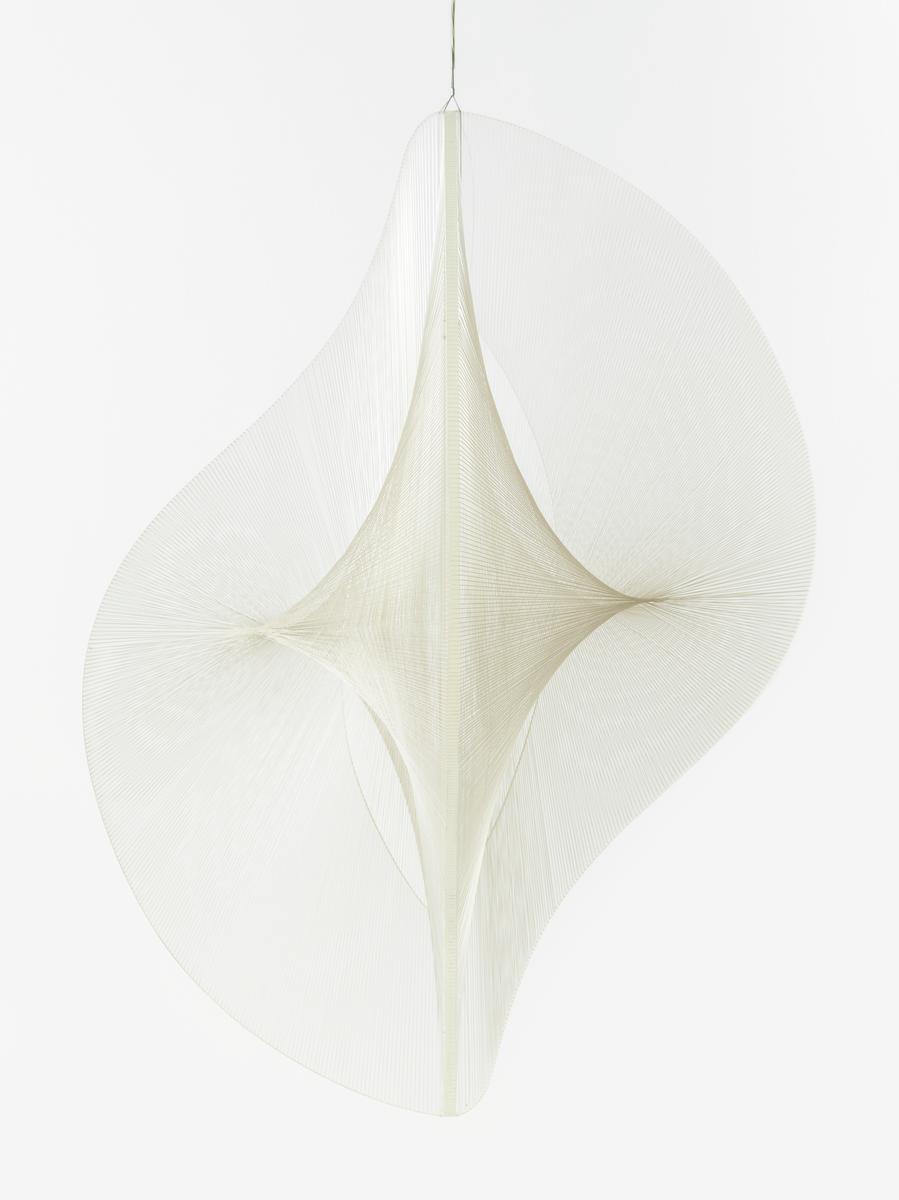
Naum Gabo, Linear Construction No. 2 &▓È▓·▓§▒Þ;1970ÔÇô1
'Linear Construction No.2' exists in over twenty versions, both standing and hanging. The light-catching nylon filament is wound around two intersecting plastic planes. The stringing gives a delicate sense of three dimensions in the complicated patterns created by the irregular lobe shapes of the transparent plastic. It was developed from Gabo's unrealised project for the lobby of the Esso Building in New York in the late 1940s. Two sculptures similar to 'Linear Construction No.2' were designed to be located on top of the two revolving lobby doors, turning slowly. It was one of Gabo's favourite works and was presented to the Tate in memory of the art historian Herbert Read.
Gallery label, August 2004
12/22
artworks in A view from São Paulo: Abstraction and Society

Dame Barbara Hepworth, Figure (Nyanga) &▓È▓·▓§▒Þ;1959ÔÇô60
Hepworth said that when she was carving this sculpture she was preoccupied with ÔÇÿthoughts about Africa and the United NationsÔÇÖ, explaining that her concern for human suffering and dignity had on occasion lent a certain poignancy to her works. It was linked more specifically to her sense of sorrow after the 1960 Sharpeville Massacre, when South African police opened fire on demonstrators, killing 69 people. The sculpture appears to represent a human head, heroic in stature and proportion, and emblematic of the universality of suffering.
Gallery label, November 2015
13/22
artworks in A view from São Paulo: Abstraction and Society

Lucio Fontana, Spatial Concept ÔÇÿWaitingÔÇÖ 1960
In 1959, Fontana began to cut the canvas, with dramatic perfection. These cuts (or tagli) were carefully pre-meditated but executed in an instant. Like the holes in some of his other canvases, they have the effect of drawing the viewer into space. In some, however, the punctures erupt from the surface carrying the force of the gesture towards the viewer in a way that is at once energetic and threatening. Although these actions have often been seen as violent, Fontana claimed ÔÇÿI have constructed, not destroyed.ÔÇÖ
Gallery label, April 2009
14/22
artworks in A view from São Paulo: Abstraction and Society
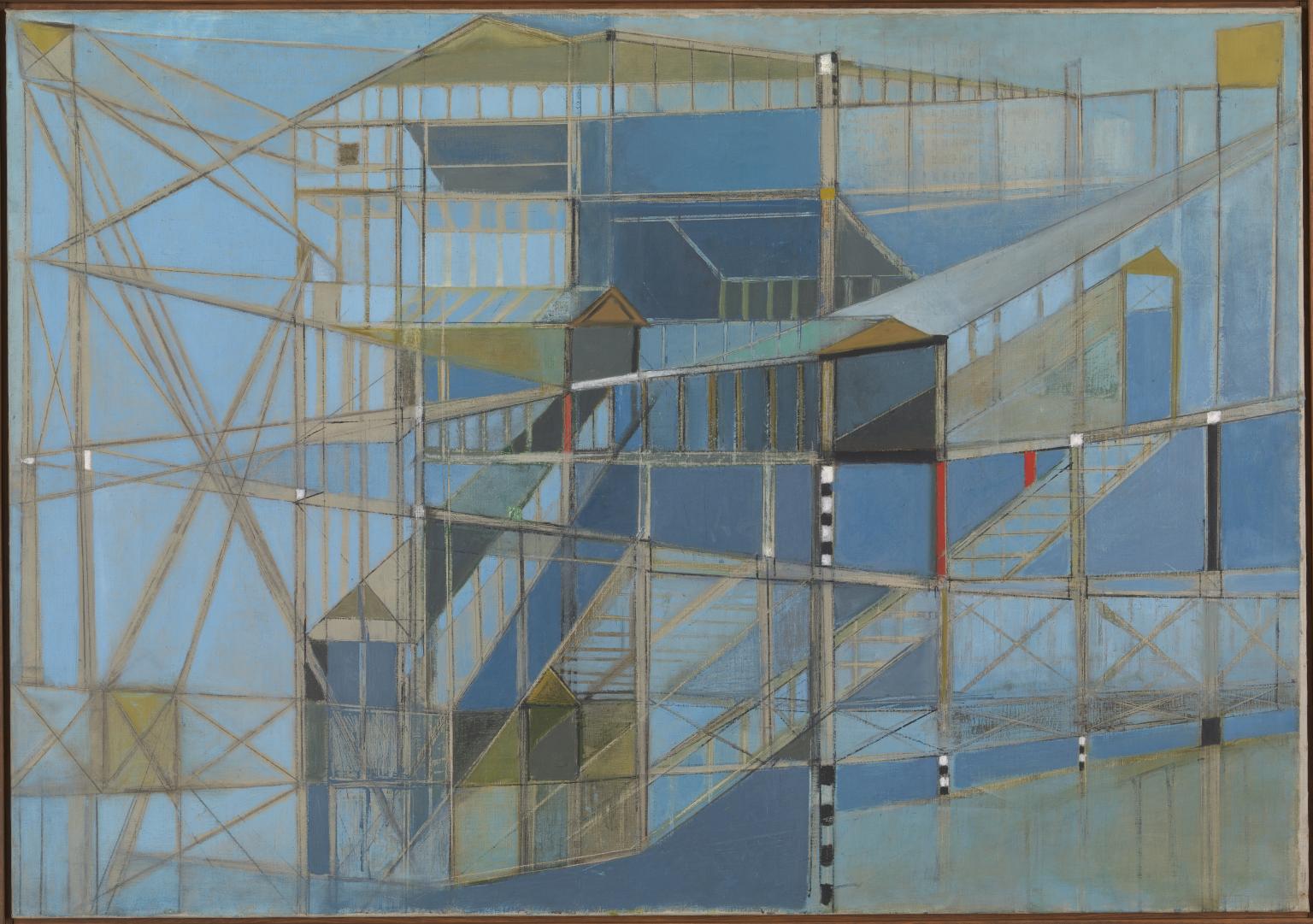
Hedda Sterne, NY, NY No. X 1948
NY, NY No. X is a prime example of SterneÔÇÖs works from the late 1940s. As the title suggests, her subject was the bridges and the elevated railways of New York City, which she abstracted into a mass of lines and planes. After arriving from war-torn Europe in 1941, Sterne became associated with the emerging generation of American painters. She was famously the only woman ÔÇô alongside Jackson Pollock, Mark Rothko and others ÔÇô in Nina LeenÔÇÖs 1951 Life magazine photograph of ÔÇÿThe IrasciblesÔÇÖ, abstract artists objecting to the conservatism of the Metropolitan Museum of Art.
Gallery label, October 2016
15/22
artworks in A view from São Paulo: Abstraction and Society
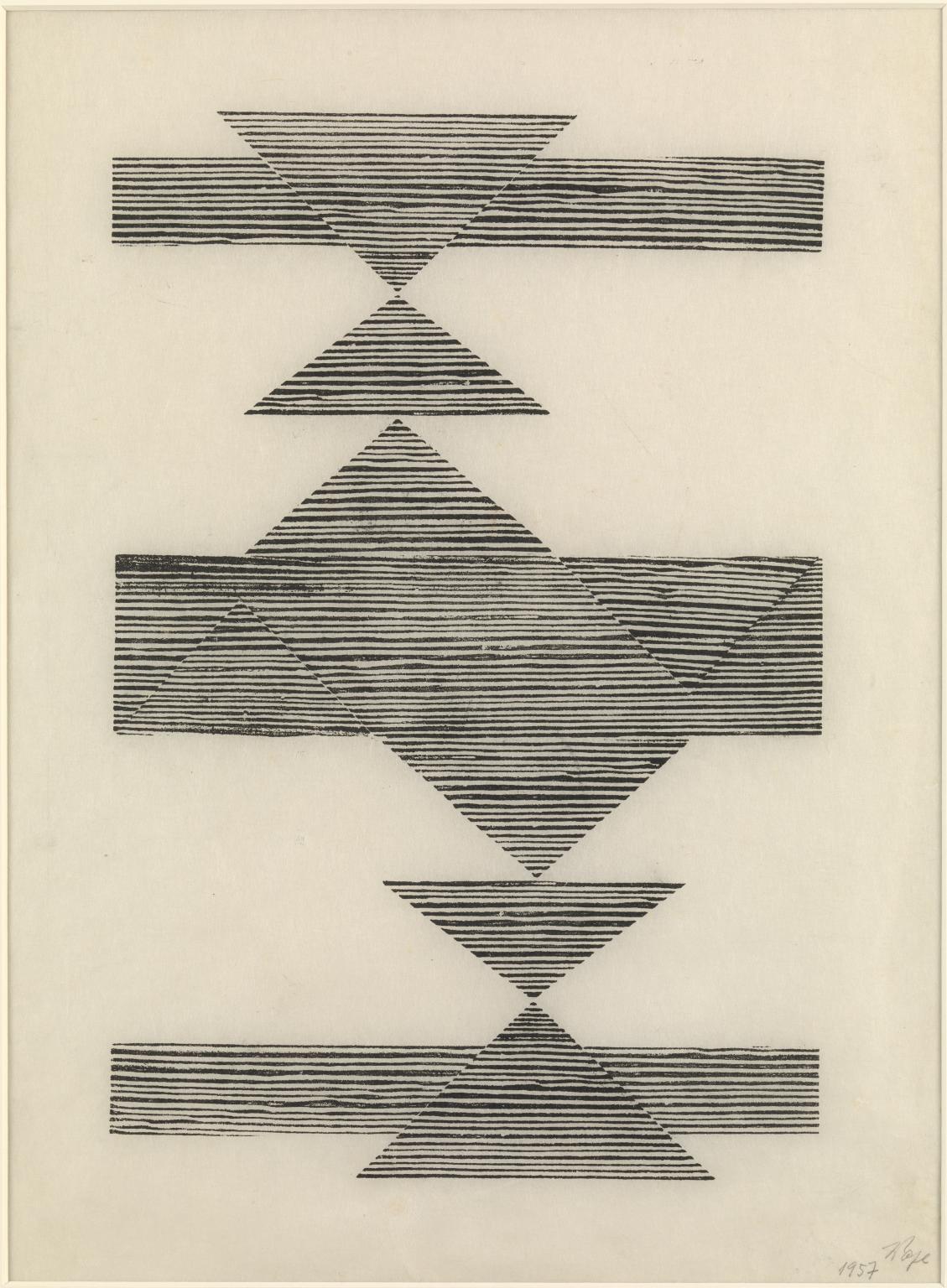
Lygia Pape, Weaving 1957
Here Lygia Pape creates a complex composition out of simple rectangles and triangles. The title refers to the act of weaving, and thus to textiles, a reference that implies the transparency of woven fabric, as well as its regularity and precision. Each shape is made with a woodcut printed onto thin paper, with the grooves of the natural woodgrain of the printing block visible. This organic element, along with the overlapping of the shapes, deliberately disturbs the pure geometry of the work.
Gallery label, November 2015
16/22
artworks in A view from São Paulo: Abstraction and Society
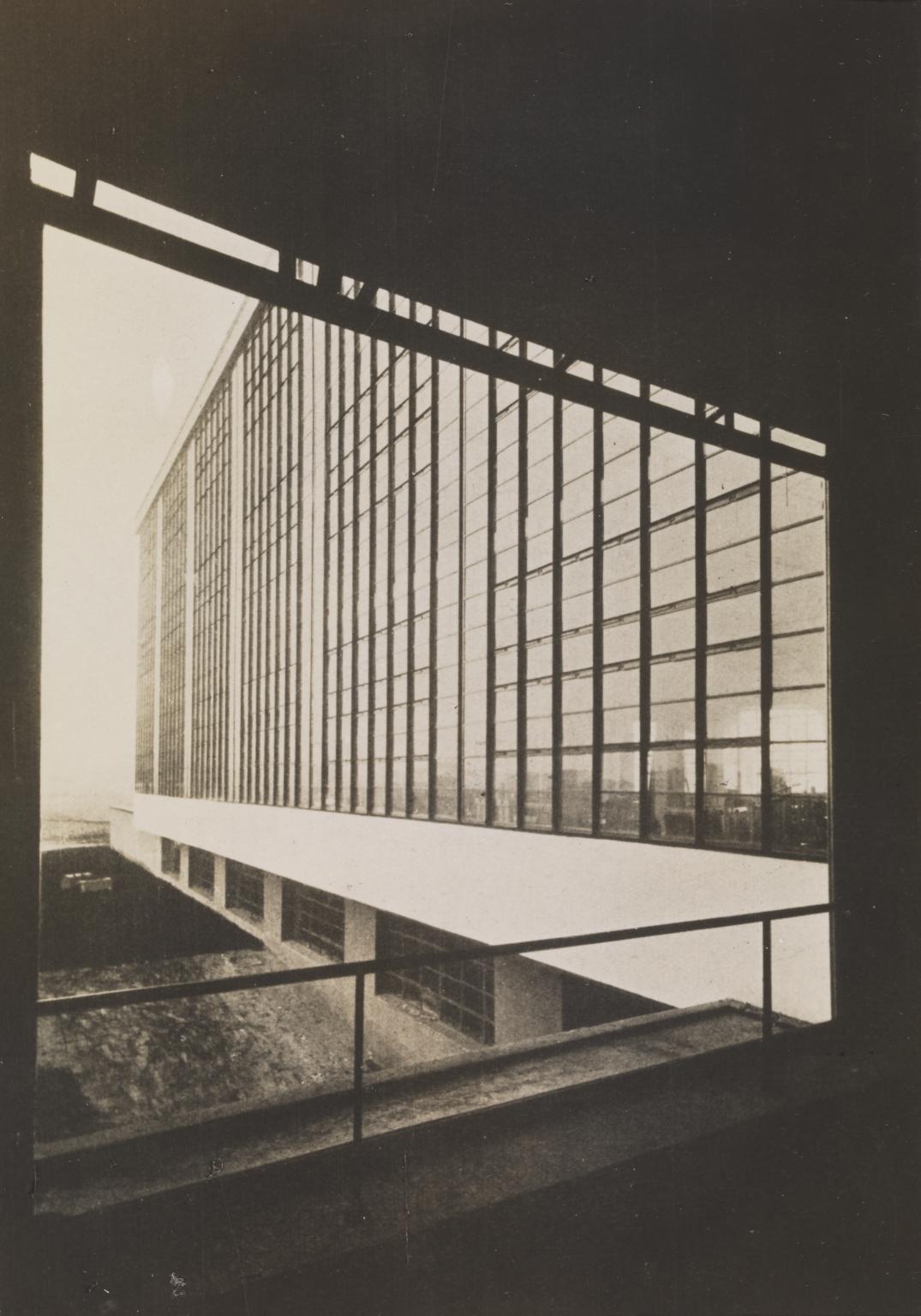
Lucia Moholy, Bauhaus Building, Dessau, view from the vestibule window looking toward the workshop wing 1926
Lucia Moholy moved to Dessau to accompany her husband L├íszl├│ Moholy-Nagy (1895ÔÇô1946) when he began teaching at the Bauhaus school of art, architecture and design. There she produced many iconic photographs documenting the architecture of the Bauhaus buildings in the mid-1920s.
Gallery label, November 2015
17/22
artworks in A view from São Paulo: Abstraction and Society
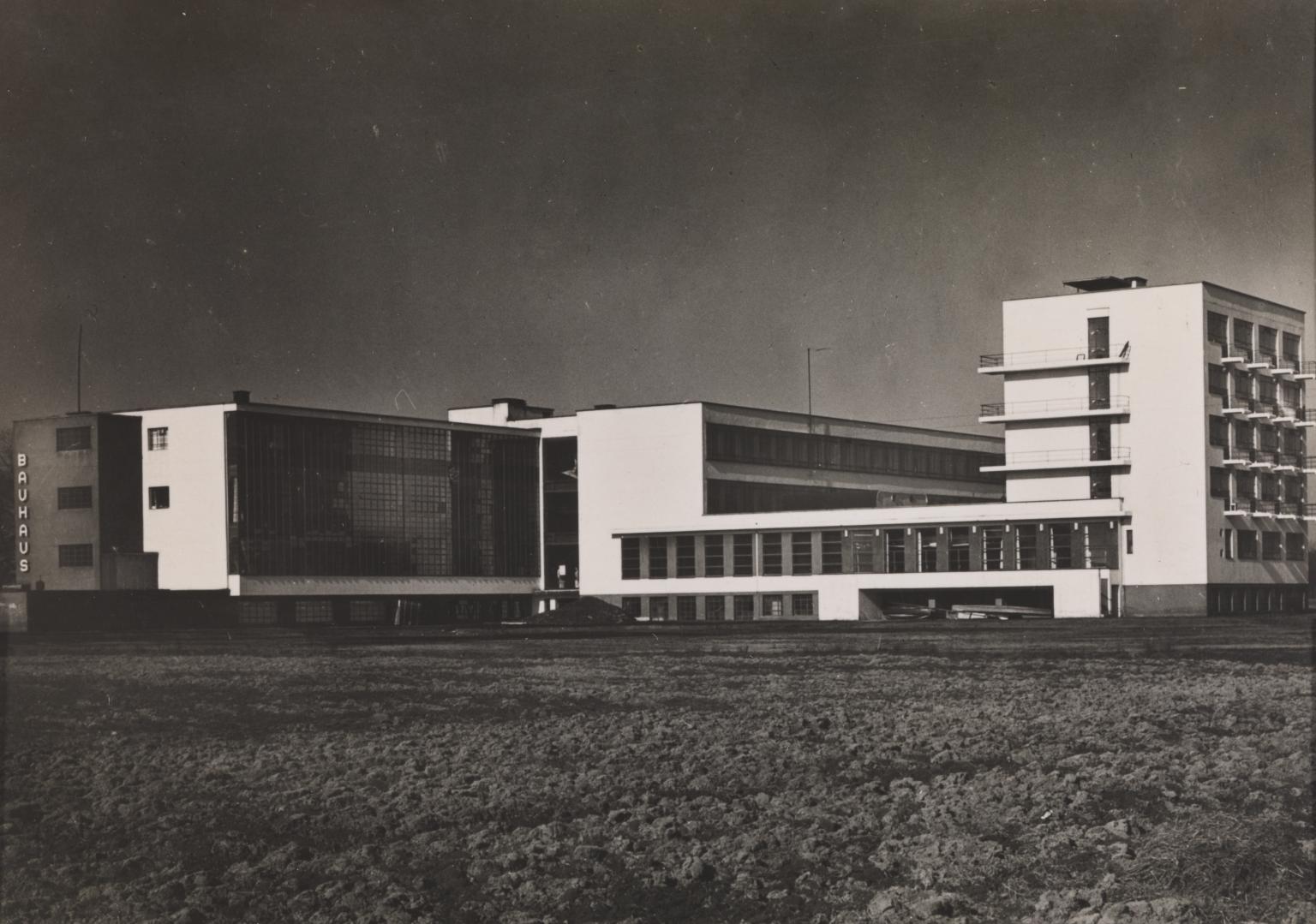
Lucia Moholy, Bauhaus Building, Dessau &▓È▓·▓§▒Þ;1925ÔÇô6
Lucia Moholy moved to Dessau to accompany her husband L├íszl├│ Moholy-Nagy (1895ÔÇô1946) when he began teaching at the Bauhaus school of art, architecture and design. There she produced many iconic photographs documenting the architecture of the Bauhaus buildings in the mid-1920s.
Gallery label, November 2015
18/22
artworks in A view from São Paulo: Abstraction and Society
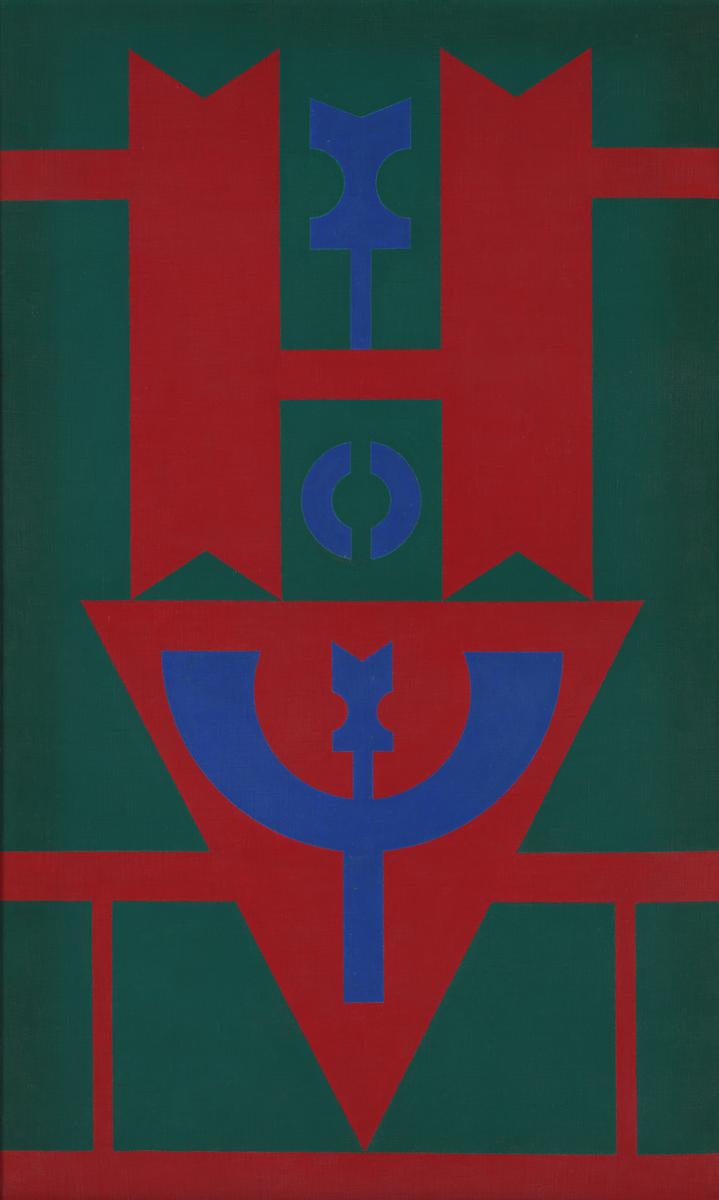
Rubem Valentim, Emblem 70 No.2 1970
19/22
artworks in A view from São Paulo: Abstraction and Society
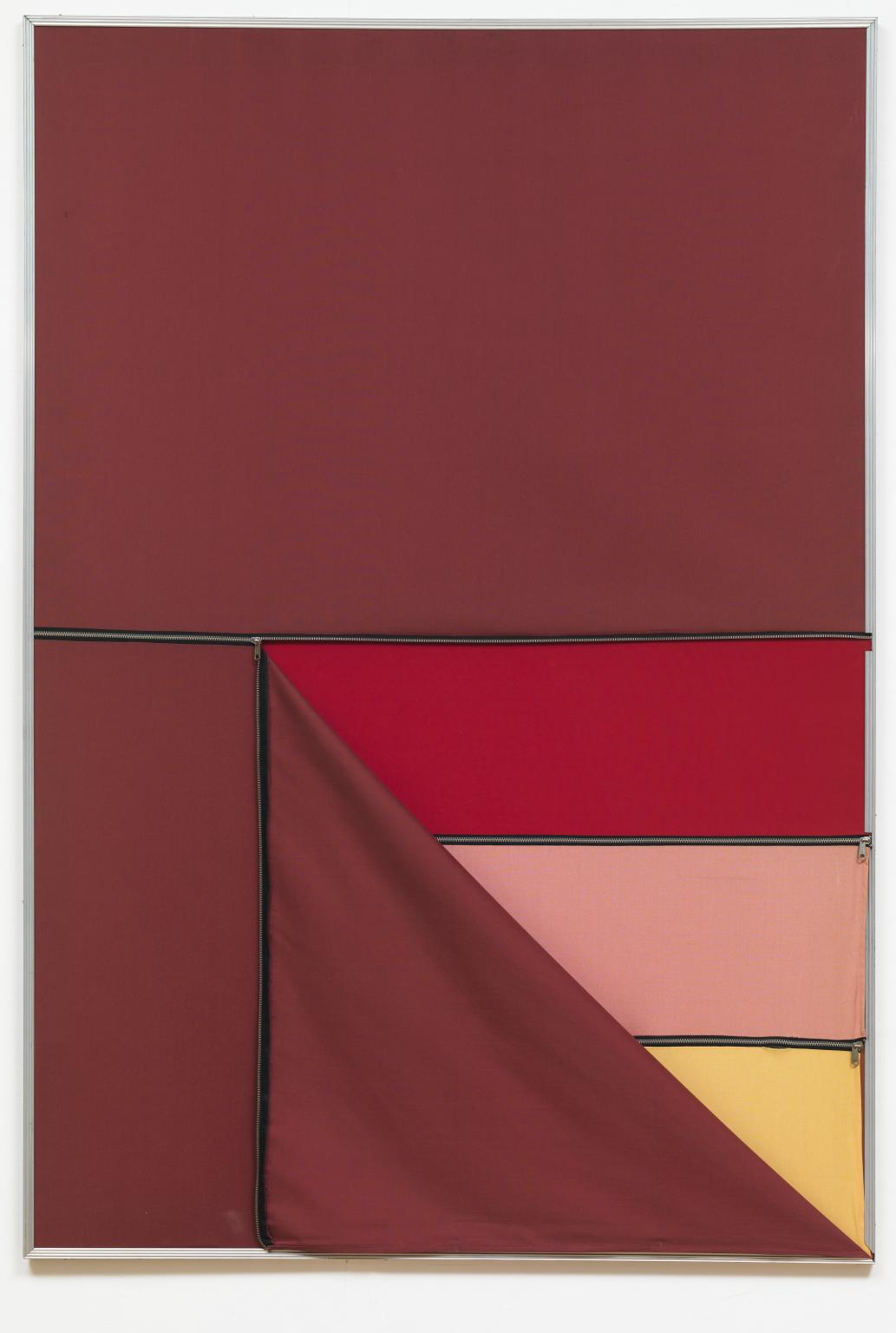
Nelson Leirner, Homage to Fontana II 1967
Homage to Fontana II is a playful tribute to Italian artist Lucio Fontana, who punctured or sliced canvases to create a new space beyond the surface of the painting. LeirnerÔÇÖs work replaces the cuts with zippers, revealing panels of differently coloured fabric. Originally, Leirner invited viewers to make their own reversible ÔÇÿcutsÔÇÖ in the fabric by zipping and unzipping the panels. He planned to produce multiple versions of his Homage to Fontana works, to be sold at a very low cost. Leirner first exhibited at the 7th S├úo Paulo Biennial in 1963. In 1969, he was one of several artists who boycotted the 10th Biennial to protest against the repressive actions of BrazilÔÇÖs military dictatorship.
Gallery label, March 2022
20/22
artworks in A view from São Paulo: Abstraction and Society
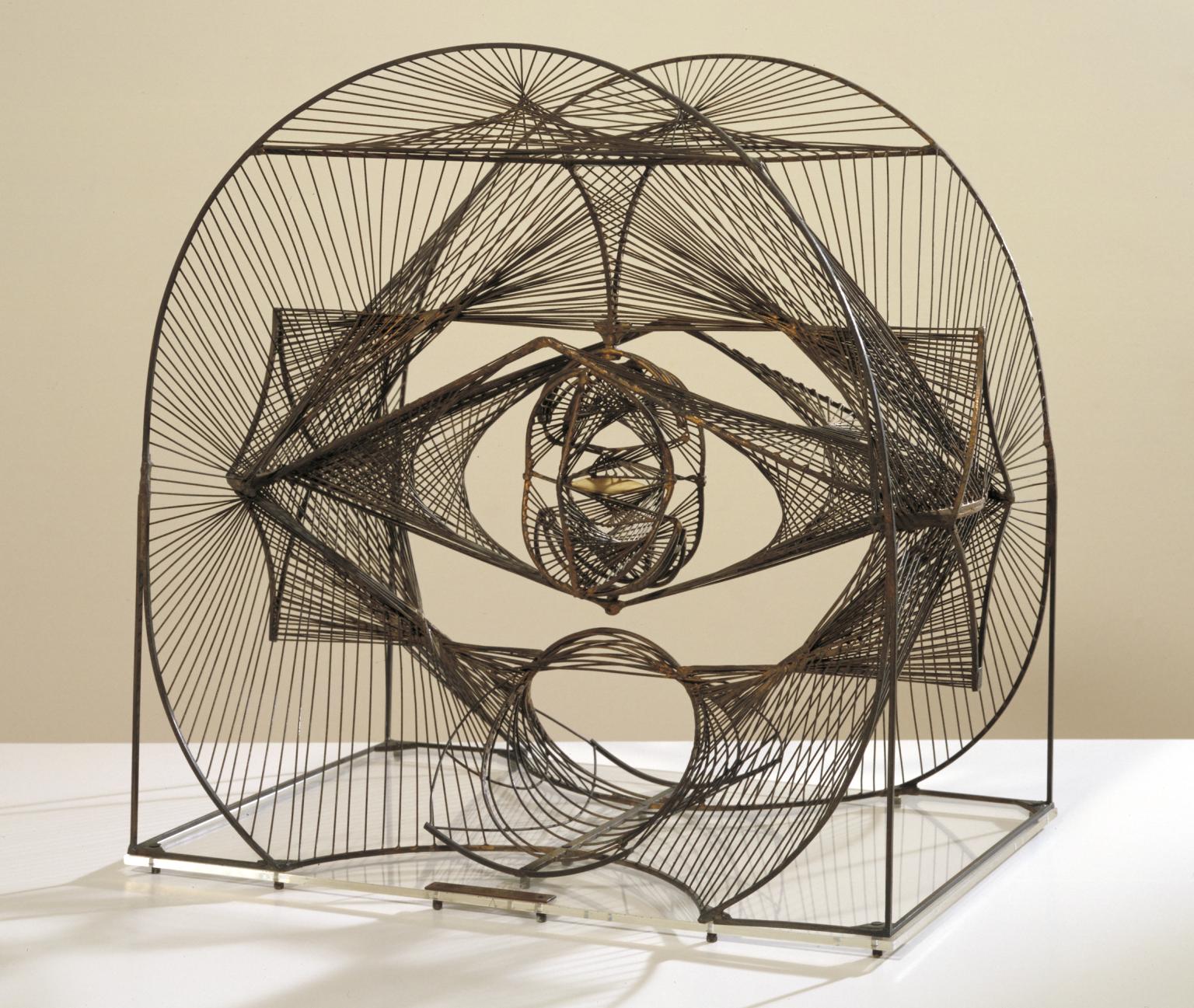
Antoine Pevsner, Maquette of a Monument Symbolising the Liberation of the Spirit 1952
This is a model for a much larger work, PevsnerÔÇÖs submission for an international sculpture competition. ÔÇÿThe Unknown Political PrisonerÔÇÖ was a monument commission organised by LondonÔÇÖs Institute of Contemporary Arts in 1952. Pevsner constructed the intricate organic form entirely from straight elements. He sought to create an abstract monument with an architectural presence and geometric design that could be seen in its entirety from any direction. The repeated lines are ÔÇÿa symbol of imprisonment. The motive floating in the abyss of the sphere emphasises the image of captivity; it becomes materialised in the shape of a cell.ÔÇÖ
Gallery label, March 2022
21/22
artworks in A view from São Paulo: Abstraction and Society
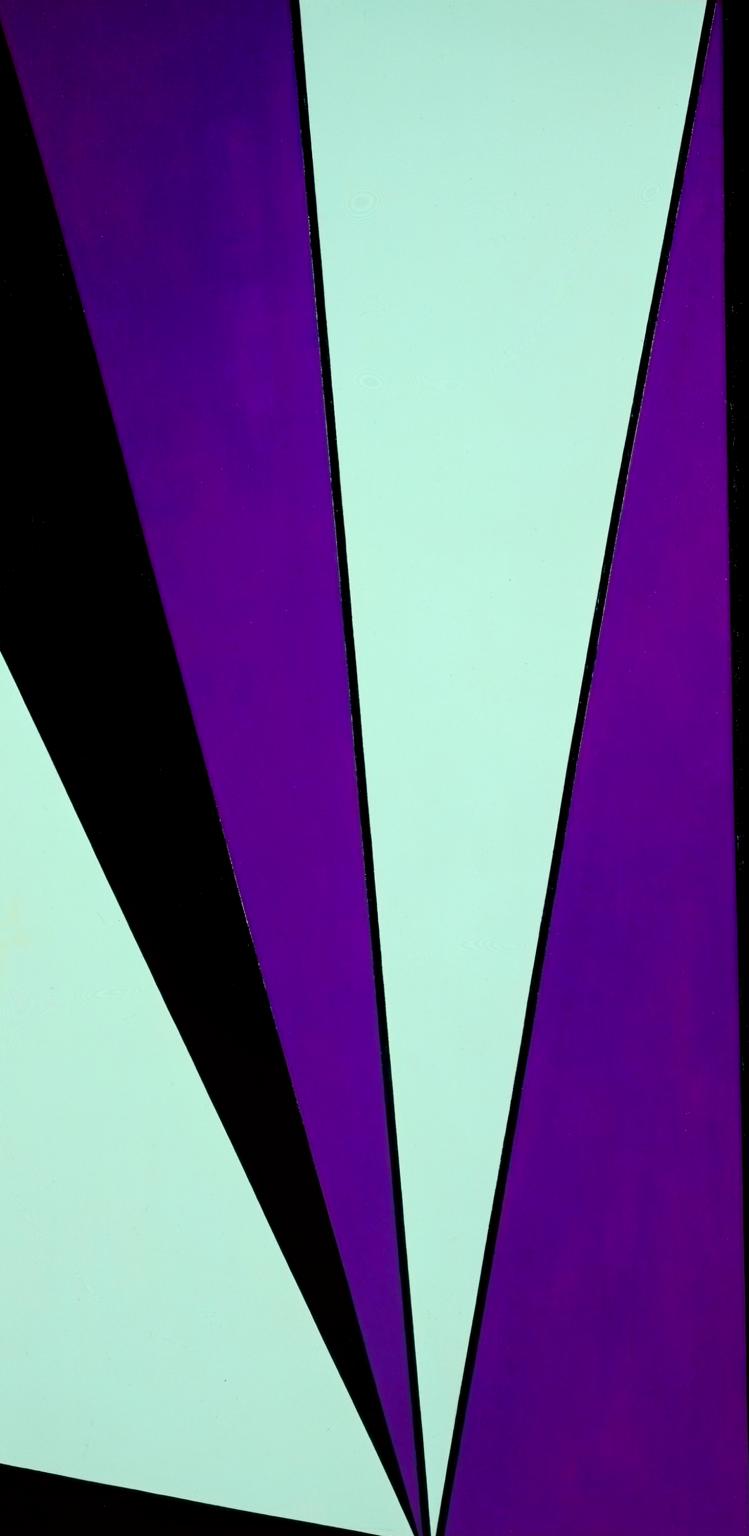
Olle Baertling, Ardek 1963
22/22
artworks in A view from São Paulo: Abstraction and Society
Art in this room








Sorry, no image available













You've viewed 6/22 artworks
You've viewed 22/22 artworks
